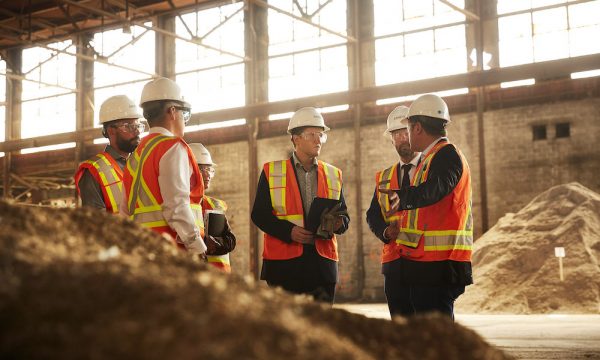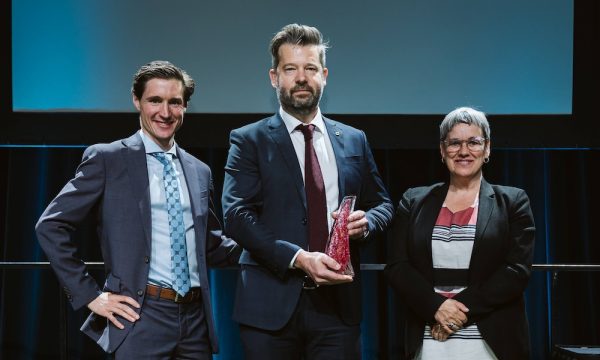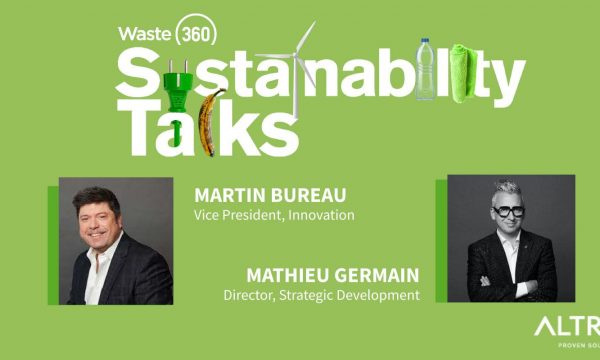Construction
& Demolition
Fines Recycling
SANEXEN is taking another important step as an environmental leader in innovative solutions.
First Dedicated Construction and Demolition Fines Recovery Plant
SANEXEN opens the first dedicated Construction & Demolition fines (also known as “recovered screen material”) recovery plant of its kind in North America. SANEXEN turns the Construction & Demolition debris into valuable by-products such as compost, aggregates, and wood. This plant offers large scale processing of up to 150,000 MT/year. C&D fines are a large fraction of the material managed at C&D sorting facilities, with some facilities generating up to 25% of their inbound volume in C&D fines. Millions of tons of these C&D debris will now be fully recycled and reused instead of ending up in our landfills. Until recently, C&D debris left over from construction sites or building demolition would be loaded onto trucks and dumped into landfills, including tons of products like concrete, gypsum and shingles, and organic waste like wood, paper, and cardboard.

We are proud
sponsor of

Our Process
Our goal is to ultimately reduce the amount of C&D materials disposed in landfills, without having to change the process of current C&D operations.
Construction and Demolition (C&D) materials is the debris that is generated in the construction, renovation and demolition of buildings.
Our reclamation process allows renewed applications of the treated debris. SANEXEN turns the debris into valuable by-products, such as compost, aggregates and wood.
SANEXEN is also actively working on the next generation C&D fines-recovery process, turning debris into “high grade” construction products that will be reintegrated into future construction projects.
The Facts
01
600 million tons of C&D debris were generated in the United States in 2018, which is more than twice the amount of generated municipal solid waste.
02
Approximately 145 MILLION TONS of this C&D debris was sent to landfills. The LEED standard and some state regulations are now requiring waste diversion and recovery rates which prevents the widespread use of landfills for C&D.
03
According to the BBC, collectively, the world produces TWO BILLION METRIC TONS of solid waste per year. The U.S. rank number one in per-capita waste, producing 12% of the world’s waste, despite only accounting for 4% of its population.
04
7 states have been identified as running out of landfill space in the next few years. More than 20 STATES will join that list in the years or decades to come. Considering the contaminants contained in C&D fines, many of these states are either refusing or making it very difficult to safely dispose of C&D fines.
05
C&D fines are a complex material containing chemicals and metals of concern. When buried in landfills,C&D fines can also lead to odours (due to hydrogen sulfide, a flammable, colourless gas with a characteristic rotten eggs smell) affecting neighbouring populations, and possible groundwater contamination due to leachates.
Our Benefits
01
Allows us to meet state and local requirements for waste diversion and recovery rates
02
Leads to fewer disposal facilities, potentially reducing the associated environmental issues
03
Conserves landfill space for waste that can only be sent to landfills
04
Offsets the environmental impact associated with the extraction and consumption of virgin resources and production of new materials
05
Reduces overall building and demolition expenses
Valuable by-products
Innovation is about transforming the status quo.
When asked, ‘’How do you get rid of drywall (gypsum)?’’ Well, we don’t! We use it and transform it into valuable goods.
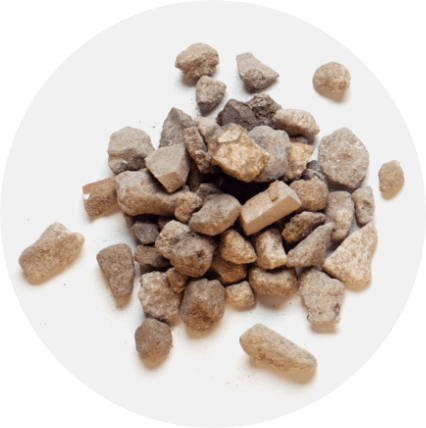
Bituminous mix and aggregate materials
The coarser component of the C&D material residues is mechanically screened to obtain bituminous mix and aggregate materials for road applications.
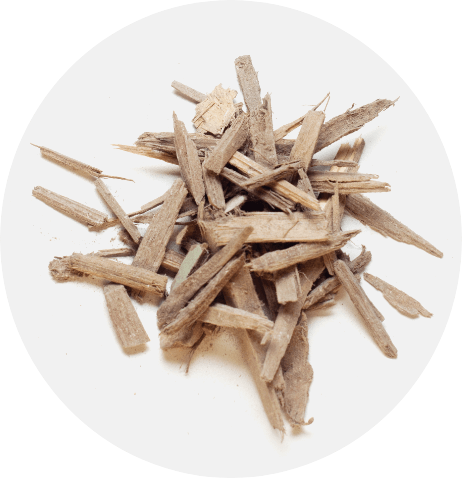
Wood residues
The lighter component of the C&D material residues is then directed towards added-value processing for biofuels and renewal chemicals.
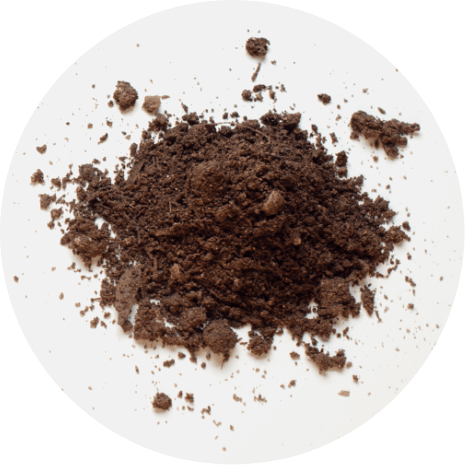
Gypsum materials
The ultra-fine component of the C&D material residues is biologically treated into compost with high soil fertilizing value, for mining sites or landfill cover materials and landscaping applications. They can also be further transformed into additives for manufactured construction or appliances products (foams, composites, plastics).
